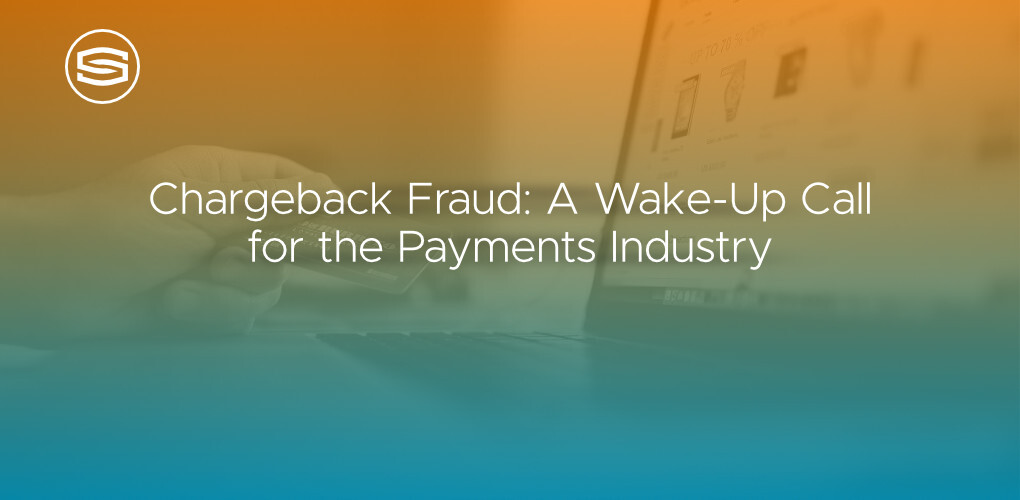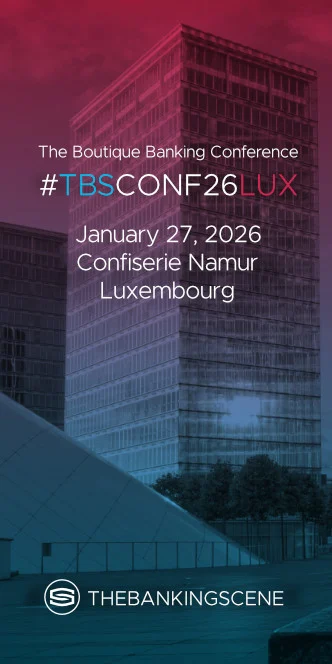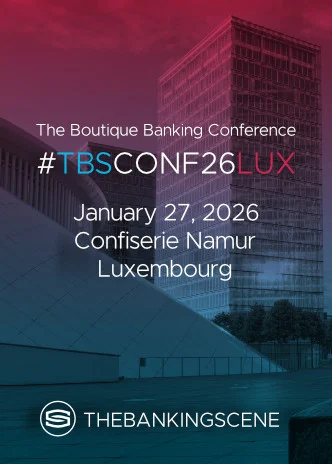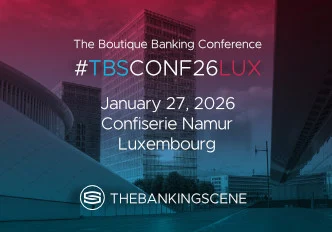
Insights & Opinions
Chargeback Fraud: A Wake-Up Call for the Payments Industry
Tue, 29 Apr 2025


I recently had the opportunity to sit down with Donald Kossmann, Chief Technology Officer, Chargebacks911, during the Merchant Payments Ecosystem event in Berlin to discuss one of the biggest issues for merchants and banks alike: chargeback fraud.
In today’s fast-paced digital economy, chargeback fraud has quietly evolved into one of the most pressing challenges for merchants, financial institutions, and payment service providers. Donald warns that we are reaching a tipping point that demands immediate attention and a collaborative industry response.
A Rapidly Escalating Threat
The scale of the problem is hard to ignore. According to Donald, chargebacks are growing at a rate far outpacing the growth in transaction volumes, by as much as 20–30% annually. This disproportionate surge is not just a statistical anomaly; it reflects deeper issues in the payments ecosystem.
At the heart of this growth is a rise in first-party or “friendly” fraud, where consumers dispute legitimate transactions, often exploiting the system’s lack of accountability. “It’s just too easy,” Donald notes. “If you shoplift in-store, you face criminal charges. If you file a fraudulent chargeback online, the worst that can happen is you don’t get your money back.”
The Complexity Behind Every Chargeback
The chargeback process is notoriously complex. One key culprit? Reason codes. These codes, which are meant to explain why a transaction is being disputed, often create more confusion than clarity. With hundreds of reason codes varying by region and card scheme, misclassification is common. This not only burdens merchants but also leads to incorrect or inefficient resolution paths.
Further complicating matters, the consumer is not always the initiator. Issuing banks can sometimes trigger chargebacks themselves based on transaction anomalies or internal risk assessments. And while banks are expected to be neutral, they often err on the side of the consumer to protect their customer relationships, creating a systemic bias.
The Merchant's Dilemma
For merchants, chargebacks represent more than lost revenue, they’re operational black holes. Without visibility into the cause or legitimacy of a dispute, merchants are left guessing. That’s where Chargebacks911 steps in.
Originally focused solely on helping merchants “re-present” in the chargeback process, the company has evolved to offer full-cycle transparency. This includes sourcing evidence from CRM systems, order logs, delivery confirmations, and even behavioural data to build a robust case. In some instances, Kossmann explains, Chargebacks911 helps merchants realise they themselves made a mistake, prompting improvements in service delivery or customer communication.
“The goal is not always to win,” he adds. “It’s about making informed business decisions. Sometimes that means choosing to refund a valued customer even if the merchant could technically contest the chargeback.”
AI: A Powerful Ally Turning the Tables on Fraud
Given the sheer volume and complexity of chargeback disputes, artificial intelligence has become an indispensable tool in the fight against fraud. Chargebacks911 integrates AI into numerous stages of the process, but while AI is increasingly embedded in their operations, Donald is clear that the goal is support, not substitution.
Yet Donald’s most striking insight goes beyond workflow automation. He argues that AI fundamentally shifts the balance of power in favour of fraud fighters if they use it wisely.
“AI gives the good guys an unfair advantage,” he says. “Because it allows us to make it a 3,000-dimension problem, not a one-dimensional one.”
With modern, AI-powered systems, each attribute adds a new dimension to the fraud detection model. Together, they form a complex behavioural footprint that helps expose friendly fraud incidents, and most importantly, deters these from continuing to repeat. To be effective in post-transaction fraud management, or "chargebacks," you must not only understand all of the relevant criteria but also leverage a dynamic workflow engine equipped to keep pace with industry change.
While the headlines often focus on fraudsters using AI to launch deepfake scams or automate attacks, Donald argues that it’s actually the defenders who stand to gain the most, if they harness AI responsibly and at scale.
Chargebacks911 currently deploys both custom-built models and widely available tools like GPT in different layers of their platform. Machine learning is used for identifying trends, while large language models help summarise case insights. But even with these tools, Donald remains cautious.
Ultimately, Donald believes AI is most powerful when used in service of clarity and transparency. It’s not a silver bullet, but it’s a critical enabler of scale, precision, and effectiveness in a world where fraudsters constantly evolve.
“We don’t know where the AI journey is going,” he adds, “But we do know that with the right guardrails, it’s already giving us an edge.”
Beyond Merchants: A 360° View of the Ecosystem
While merchants remain a key focus, Chargebacks911 is increasingly working with multiple stakeholders to create what Donald calls a “360-degree view” of the transaction lifecycle. A recent partnership with Prommt, an Irish company specialising in secure, high-value payment authorisation, underscores this ambition.
Prommt focuses on the front end of the transaction (pre-payment and authorisation), while Chargebacks911 handles everything post-transaction (settlement, disputes, and chargebacks). Together, they aim to give merchants and institutions a unified, end-to-end view of every payment event, enhancing both fraud prevention and customer service.
Regulation and Innovation: Finding the Balance
Donald acknowledges that innovation in fraud prevention is deeply intertwined with regulation. A well-regulated environment, he says, provides confidence to invest and innovate.
He praised the European regulatory landscape, particularly for its clarity around data usage for fraud prevention. “Good regulation creates the right incentives,” he argued. “It sets clear boundaries within which innovation can safely flourish.”
However, he cautions against overreach. “If regulation starts incentivising behaviour it shouldn’t, like encouraging unnecessary chargebacks, it can have damaging consequences.”
The key, he says, is collaboration between regulators and industry to ensure both protection and progress.
A Call for Industry Collaboration
Fighting chargebacks in isolation is no longer an option. To counter this, Donald champions consortium-based approaches, where organisations share anonymised fraud data to see the bigger picture.
This is already permissible under GDPR, provided it’s used strictly for security and fraud prevention purposes and not for marketing or profiling.
While Chargebacks911 doesn’t score individual consumers, it does assess each transaction holistically, using its vast repository of post-transaction data to flag anomalies and patterns.
The Wake-Up Call: Rethinking Consumer Protection
So, what’s the wake-up call the payments industry needs?
According to Donald, it’s time to challenge the assumption that consumer protection is not an equal opportunity.
Many alternative payment methods, like SEPA, Account to Account, crypto and open banking, currently lack the ability to process chargebacks.
But with the right technology, collaboration, partnerships, and regulatory support, the industry can build a safer, more inclusive and customer-friendly payments ecosystem.
“We’ve done it for cards,” Donald concludes. “There’s no reason we can’t do it for everything else.”
(Join us at The Banking Scene Conference Brussels on May 22, to hear industry experts from Belfius, Rabobank, BEUC, ING Belgium Surepay, EBA Clearing, KBC Global Services, Aion Bank, Adyen, ACI Worldwide,GASA, Ping Identity, Numeracle, SAS and many more share their insights and opinions in our Fraud & Compliance track. Take a look at our full programme here.)




